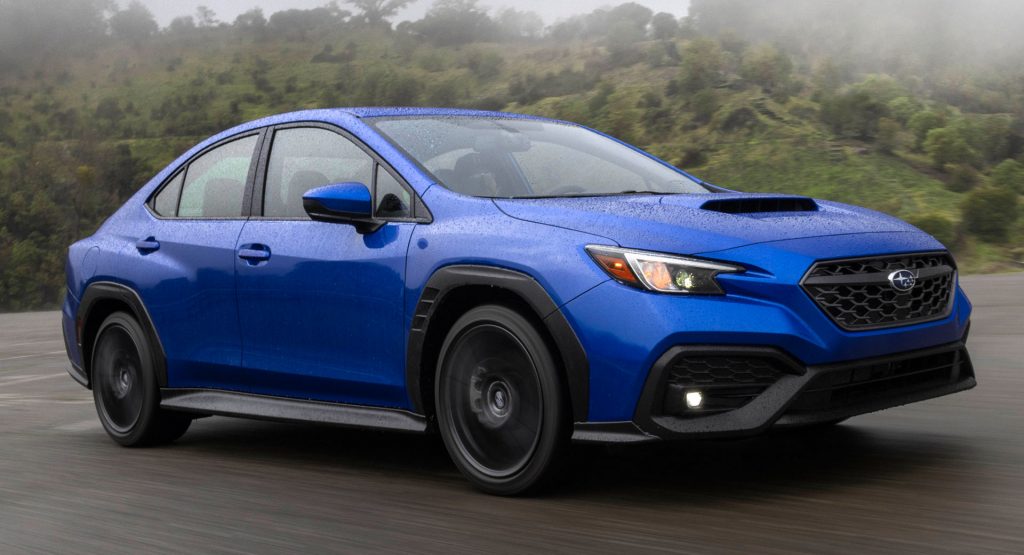CVTs often get a bad rap for being unengaging, unreliable, and just all-around dull transmissions that suck the life out of any engine they’re mated up to. The new Subaru WRX in particular has received a lot of flak for this, especially because its top trim is only available with such a transmission, but is it really that bad? Engineering Explained’s Jason Fenske takes a look at that CVT in his latest video to find out.
When executed correctly, CVTs are theoretically the best possible transmission option as far as power delivery is concerned, as they’re able to consistently keep the engine within its optimal power band for max performance, and within its most efficient operating range for better fuel economy.
Read More: This Guy Claims He Traded His Porsche 964 For A Subaru WRX With CVT
As Fenske explains while driving the WRX, Subaru’s CVT, dubbed the Subaru Performance Transmission, does exactly that. In its performance-oriented setting, it does simulate gear shifts at the request of the driver’s paddle inputs to make it feel more engaging, but the fake gears it slots into do have the engine’s peak power in mind. On top of that, the speed of those “shifts” are said to rival that of a dual-clutch transmission, and it doesn’t get much quicker than that.
Likewise, in its more efficient mode, the WRX’s CVT can actually reduce RPM during acceleration and instead prioritize the drive ratio, picking the optimal ratio that uses the least amount of fuel for a given power output.
See Also: Subaru WRX Spawns Official Rallycar And Endurance Racer

Furthermore, the previous WRX, which was the first to introduce a CVT option, saw a stark difference in performance, price, and fuel economy when comparing the manual to the CVT. In almost every metric, the manual was better, but that’s no longer the case for the new WRX. This time around, while the CVT is still 139 lbs heavier (63 kg) and $2,250 more expensive, the 0-60 mph (0-97 km/h) times are identical, as well as the city fuel economy, while highway fuel economy is a mere 1 mpg down to the manual. Additionally, when looking at real-world acceleration, the CVT’s 5-60 mph (8-97 km/h) time of 6.3 seconds is actually better than the manual’s 6.7.
With all that being said, Fenske still believes the manual is the better pick in the new WRX, but the CVT is not as bad as everyone is making it out to be, and is in some ways better than a traditional automatic. And to hear him go more in-depth on the advantages and disadvantages of the car’s transmission, you can check it out in the video above.



